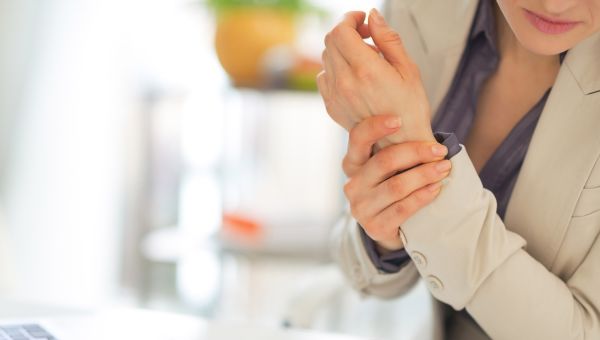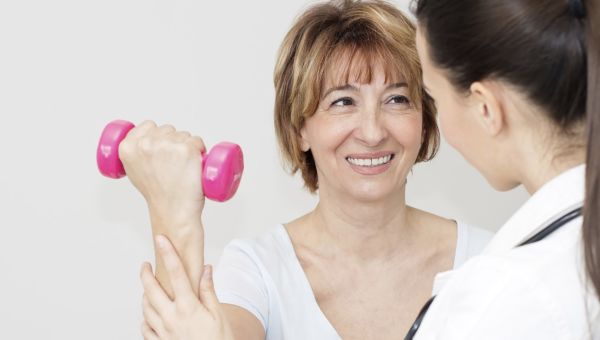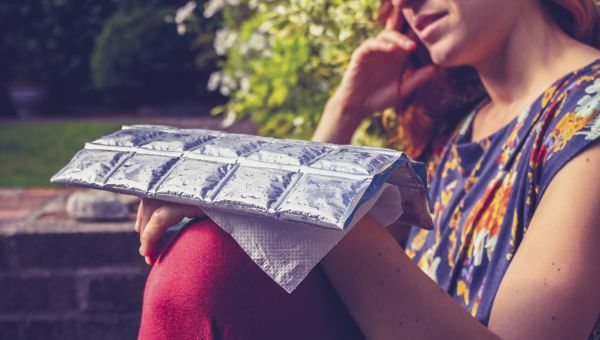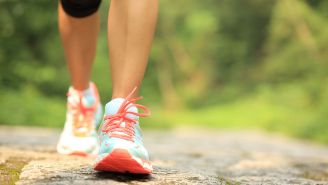Everyday psoriatic arthritis tips your joints will love
Simple ways to ease joint pain and inflammation.

Live Smarter, Not Harder
Sore fingers, knees, hips and back, plus irritated skin—these classic signs of psoriatic arthritis can turn even the simplest tasks into nightmares. If you or a loved one has psoriatic arthritis, you're probably looking for ways to make every day a little easier. The good news is that along with medical care from your doctor, these simple tips can help you break through the pain.

Know Your Triggers
One of the first steps in coping with any long-term illness is figuring out what makes you feel better -- and what makes you feel worse. Some people with arthritis say that certain foods or activities can make their arthritis flare. And drinking alcohol can make psoriasis worse. So when your symptoms are acting up, make a note about what you're doing or eating. Keeping a notebook or symptom journal can help you steer clear of your triggers.

Take the Pain Out of Chores
Most people with achy joints have tried medicine to help ease the burden. Some even opt for surgery. But making a few changes to how you move around your house can help protect your joints, too. For example, you can use a jar opener to unscrew the lid off a jar. When you're heading out, try pushing the door open with your whole body, instead of just your fingers. Small energy-savers like these can add up and help you avoid straining your fingers and other joints. You may also want to talk to your doctor about seeing an occupational therapist for tips on getting dressed and doing household chores.

Stay Active and Energized
There's no doubt about it: Pain can take over your life. But don't let it get you down for the count. Exercise may help your joints move more freely, keep your weight in check, and lower the amount of pain and stiffness you feel. Walking is a great way to get moving. A walking aid or shoe inserts can limit the stress on your feet, ankles and knees. Other easy options are an exercise bike, yoga and swimming. Before beginning any exercise program, ask your doctor which activities are safe for you.

Feel Stronger and Safer
If you haven't exercised in a while, a few sessions of physical therapy can help you get started on the right foot. Many people with psoriatic arthritis find that physical therapy strengthens their muscles and boosts their flexibility. It may even help protect your joints from further damage. During a session, your therapist will check your movement and suggest specific exercises for your ability level. If you're interested, talk to your doctor about getting a prescription for physical therapy.

Cool Things Down
When pain is getting the better of you, consider a cold or hot pack. Cold has a natural numbing effect and can dull the feeling of pain. You can use a cold pack—like a bag of frozen veggies—a few times a day for 20 minutes at a time. Just be sure to wrap the ice pack in a cloth or towel, so you don't hurt your skin. And when you want to relax and soothe sore muscles, try a heat pack instead.

Go at Your Own Pace
Listen to your body, and don't ignore pain. When your psoriatic arthritis flares up, take the time to rest your joints. Otherwise, you'll be putting extra stress on your body, which may lead to lasting damage. Use braces or splints when you need them. Also, try to rest before you get too tired. Plan your day so that exercise and other activities can be tackled in small chunks with breaks in between. And don't underestimate the power of simple relaxation!

Lean on Your Support System
Alongside the pain and stiffness, psoriatic arthritis can bring some heavy emotional baggage. When you're stressed, your body releases chemicals that can make psoriatic arthritis worse. Sometimes, just talking with a close friend can restore your spirit. Or if you're worried about troubling your loved ones, maybe you'd prefer a local or online support group. Don't forget that your doctor and medical team are there for you as well. They can help you decide on the best treatment options and find ways to make it affordable and practical for you. They can also help you develop coping strategies to live healthier and happier.
More On


video

article

slideshow


video


video
